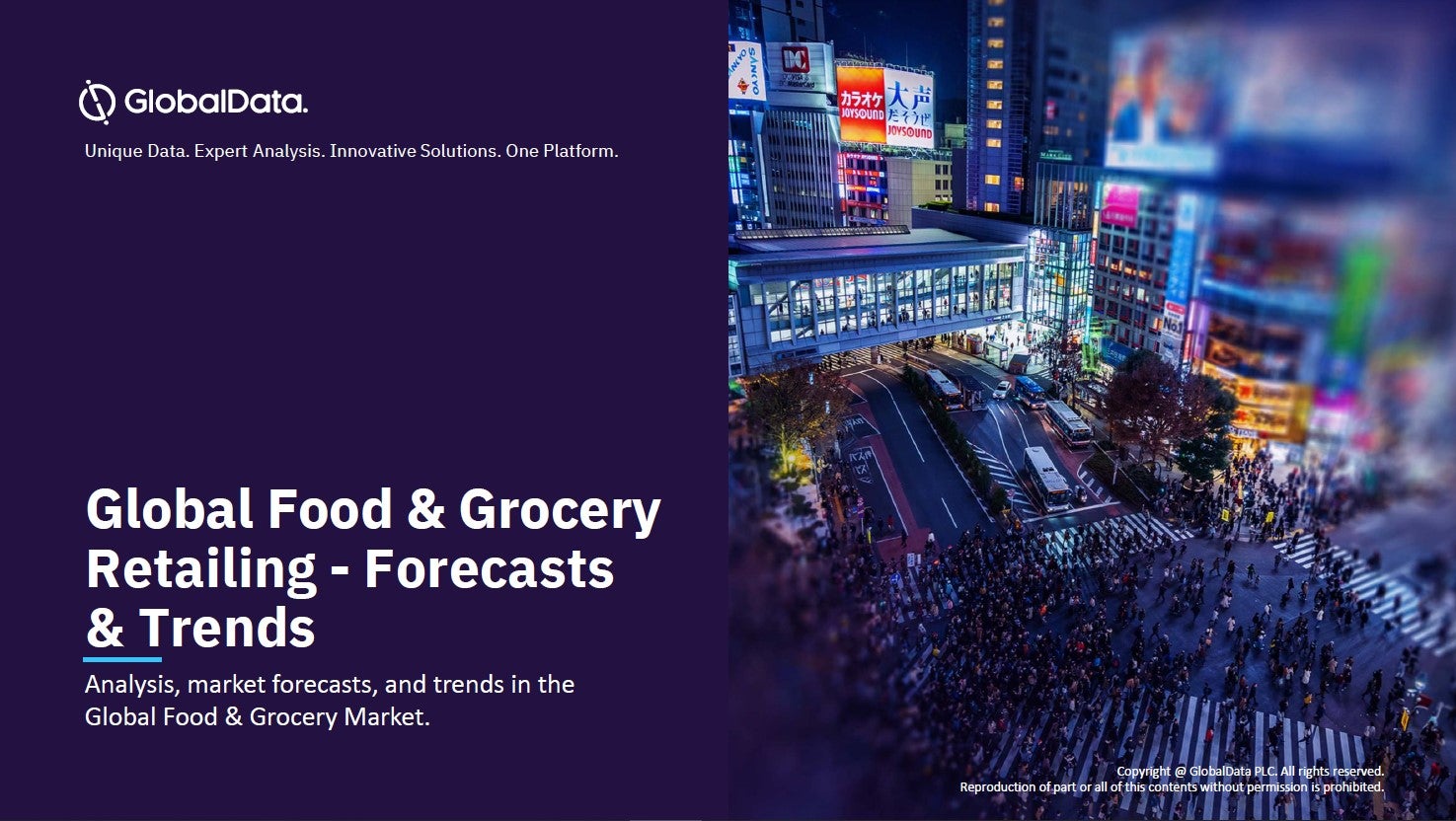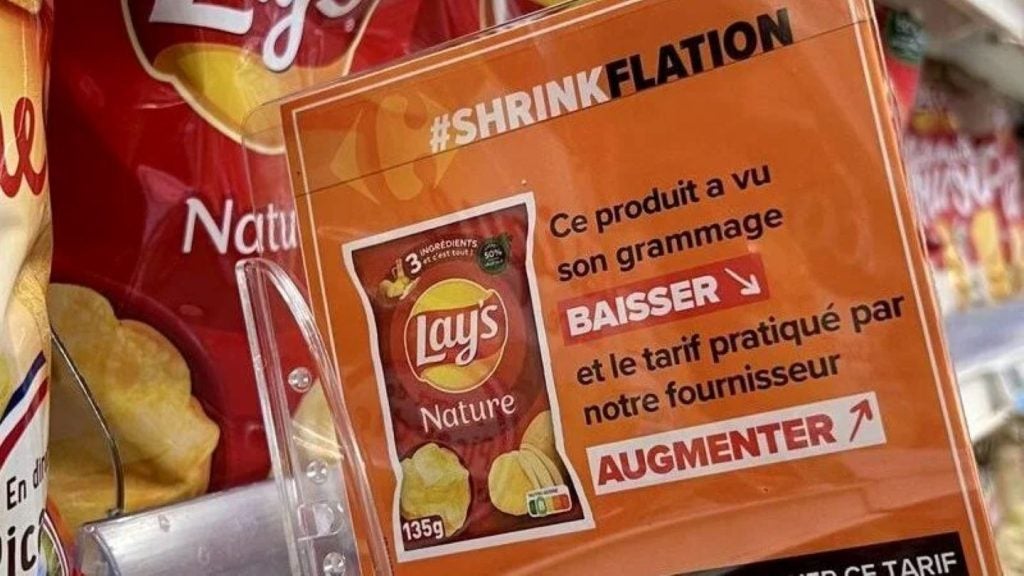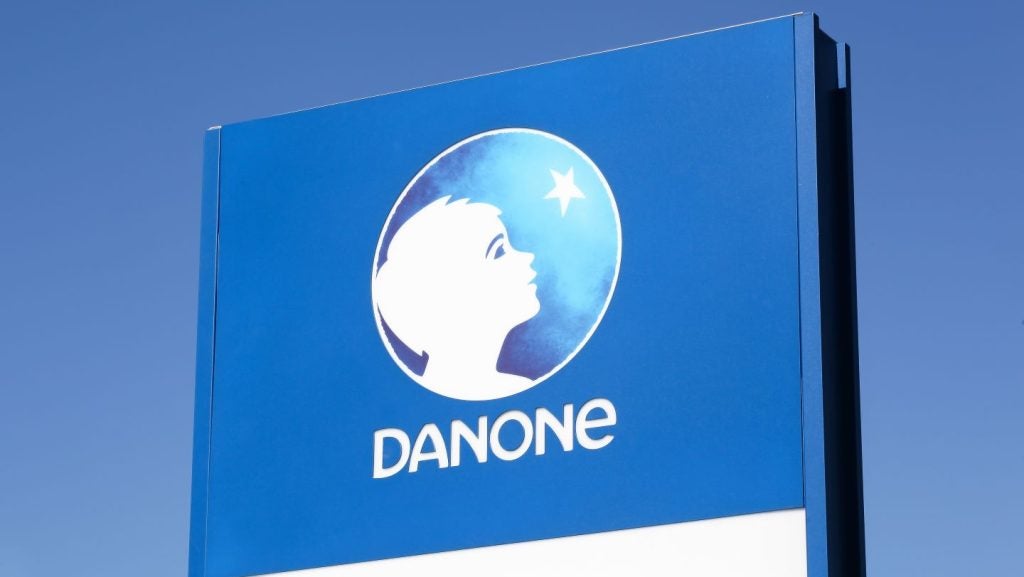
Brazil’s online food retail market is, as in many emerging markets, still in its infancy.
According to Euromonitor, online sales of packaged food reached US$259m in 2014, up from $233m in 2013, but still a tiny portion of total Internet sales last year, which stood at $12.3bn.
However, it is becoming more and more important. Brazil’s bricks-and-mortar food retailers are looking to capture a piece of a new and growing channel.
Online sales accounts for 5% of total revenues at Muffato, one of Brazil’s top ten retailers, based in the south-eastern state of Paraná. Muffato’s online shopping service is available in 16 cities in Paraná and the neighbouring state of São Paulo.
“The service is growing, but we still have a large market to explore,” Fabio Donadon, Muffato’s e-commerce manager, says.
How well do you really know your competitors?
Access the most comprehensive Company Profiles on the market, powered by GlobalData. Save hours of research. Gain competitive edge.

Thank you!
Your download email will arrive shortly
Not ready to buy yet? Download a free sample
We are confident about the unique quality of our Company Profiles. However, we want you to make the most beneficial decision for your business, so we offer a free sample that you can download by submitting the below form
By GlobalDataSee Also:
Similar to other emerging markets, the majority of Brazilian consumers either prefer to shop for food in person or do not see online grocery as something they can afford.
“Food and beverage online sales are still low in Brazil, in comparison with other countries. Consumers still prefer to go directly to regular stores for their purchases,” Pedro Guasti, executive director of Brazilian e-commerce research firm E-bit, says.
“The greatest challenge is to change cultural habits,” Marcela Viana, research analyst at Euromonitor, says. “Brazilians feel that it is easier and faster to purchase food and beverages in person. Internet retailing of grocery products remains a niche.”
Donadon admits grocery e-commerce is “still a service for those with no time to go to the supermarket” or for affluent consumers who “buy to deliver groceries to their children, who live and study in another city”.
However, he says Muffato is continuing to spend on improving its online service. “We invest heavily in technology, improving our ecommerce platform and implementing new CRM software.”
And Brazil’s largest retailer is upbeat about the outlook for e-commerce. “The Brazilian consumer is already multichannel. Consumers use e-commerce especially for bulk purchases,” Eduardo Adrião, delivery director of retail giant Grupo Pão de Açúcar, says.
GPA was the online grocery shopping pioneer in Brazil, though the launch of a website for its Pão de Açúcar supermarket chain in 1995. The retail giant added a grocery e-commerce service to its Extra chain of supermarkets and hypermarkets in 2012 and which now offers click-and-collect and the ability to place orders via smartphones. Its online shopping services are available in São Paulo, Rio de Janeiro and Brasília.
The retailer says it is detecting a recent shift in the types of consumers that use its service. In the early days, GPA would receive large volume orders from customers with high purchasing power but it now says a more diverse and middle class audience is using the channel, albeit with smaller orders.
And GPA also points to another trend that it believes the shows the channel is gaining traction in Brazil. “We observe a series of initiatives and new operators in this channel, from established retail chains to pure players, supported by diverse investors,” a company source tells just-food.
Mobile commerce is an area to which retailers are paying increasing attention. Industry watchers argue further investment could help boost the overall online grocery retail channel. “The online channel can be boosted through innovation. Companies need to develop applications to use in mobile devices to facilitate the shopping dynamics,” Guasti argues.
Euromonitor’s Viana is hopeful the industry will evolve in that direction. “With fast-growing sales of smartphones and tablets in the country, m-commerce has received special attention from companies. Some of them are investing in specific interfaces to navigate online through these devices; and this has had a positive impact on purchasing goods online through these devices.”
One retailer that is already well established on this field is Rio de Janeiro supermarket chain Zona Sul, which has its own free app. It allows users to browse through categories and select the time and place for the delivery.
However, some in the sector believe retailers have not yet woken up to the potential opportunity of m-commerce. “I honestly don’t feel that the industry is very concerned with this channel. I think we need to look more closely at this promising market,” Muffato’s Donadon says.
GPA is one retalier that has invested in developing an m-commerce capability, a sign the retailer says of the importance it is placing on online grocery overall.
Adrião says GPA has been developing “strategic partnerships” with some key suppliers. “Partnerships with suppliers and developing a long tail strategy – with products and offers for e-commerce only – are key to expanding the channel,” he says.
For all the optimism of some in the sector, online grocery is of course a channel with some notable challenges in Brazil and an obvious one is making a profit. Donadon says delivering low-ticket orders is not profitable for Muffato. E-Bit’s Guasti points to the supply chain. “Logistics is a great challenge for food sales in Brazil,” Guasti reflects. “Also, transporting perishable foods and frozen items demand cares that other categories don’t present.”
However, retailers look set to invest further and there is consensus the channel will enjoy solid growth in the years ahead.
GPA is about to open start a dedicated online picking centre, a move it indicated could encourage more demand from consumers.
“Nowadays, groceries bought by consumers on www.paodeacucar.com.br or www.extra.com.br are picked at physical stores. With the picking centre, GPA is creating an exclusive logistic distribution centre for grocery e-commerce,” Adrião says. “Right now we are at the top of our operational capacity, and we are certain that there’s repressed demand. This dedicated centralised operation will multiply by five our current capacity.”
The E-bit consultancy estimates the general e-commerce sector will grow by 20% in 2015., with grocery growing at the same rate. “It will be a challenging year for retailers, although nothing will affect much online commerce, where the best prices and conditions will concentrate. We believe the channel will continue with a good growth, most of all with mobile sales,” Guasti says.
Some retailers also have greater expectations: Donadon foresees a 30% year growth for the online sales of Muffato Group.
And, looking further ahead, Euromonitor estimates online food and beverage sales will become a $548.6m market by 2019, up from the $346.7m seen last year.
GPA’s Adrião adds: “Online food sales in Brazil as a whole have a 1% penetration, while in more mature countries this index is in about 5% or 6% and growing. Our understanding is that this channel will continue to grow in an accelerated speed in the following years and we are now in the time of birth of a market that will certainly mature.”







